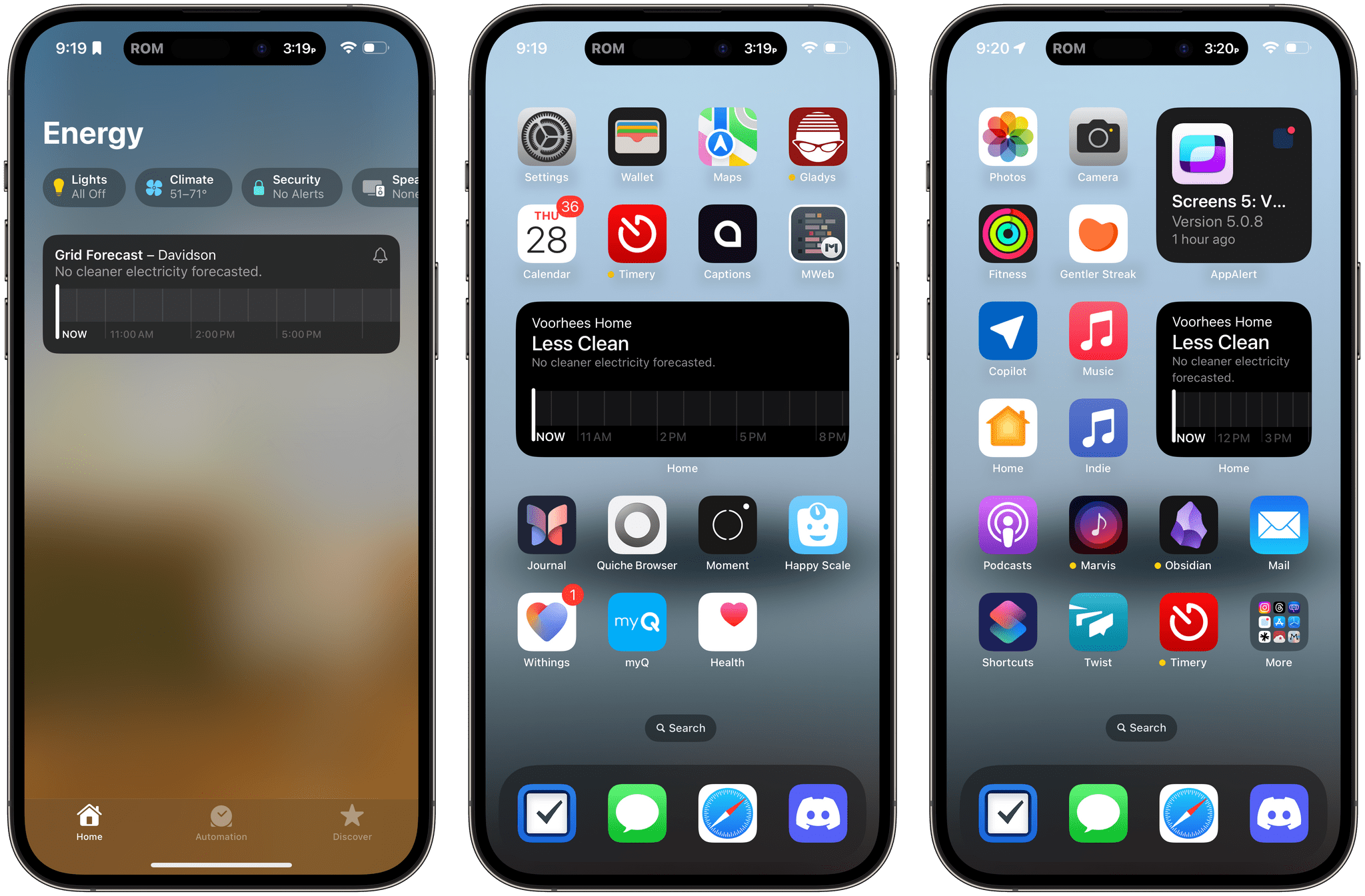Zac Hall, writing for 9to5Mac, has a great analogy about the iPad platform that I wish I thought of before:
Here’s the thing about the iPad line: it’s always being worked on, and that work is never complete. You know, like roadwork. As a kid, I recall thinking Atlanta was only under construction for a few weeks. Oh, the naïveté.
[…]
The awkward thing about this never ending construction project is when a lower-end model get a “new” feature before a premium model. That’s what happened with the iPad 10 and the iPad Pro in 2022. The awkwardness was compounded by the fact that Apple released no new iPads in 2023. Instead, Apple introduced a third (but not third-gen) Apple Pencil. More roadwork.
I think this is a perfect encapsulation of the state of the iPad. For better or worse, it’s always being worked on. Not like how the Mac and iPhone are always “being worked on” (of course they are), but more in the sense that there’s always something that obviously needs to get fixed and we’re waiting for it.
And the funny thing is, I’ve been using the iPad as my primary computer for long enough now, I find its “current” state kind of charming at this point. It’s definitely an acquired taste, but why would you get a reliable computer that does the same reliable things for a good number of reliable years when you can experience the thrill of a platform that still feels like it launched two years ago when it is, in fact, 14 years-old and that perennially feels like it’s waiting for the next shoe to drop? Why join the navy when you can be a pirate? I’m only half-kidding with this. Besides the fact that, for me, no other computer Apple makes is as flexible as an iPad, part of the enjoyment is (again, for me) its quirky nature, constantly on the verge of improvement. (Please don’t send me this page.)
If there’s one thing you can say about the iPad line is that it’s never boring, for better or worse. If anything, we’re still blogging about it – 14 years later.










](https://cdn.macstories.net/banneras-1629219199428.png)